The Making Of... Medal of Honor
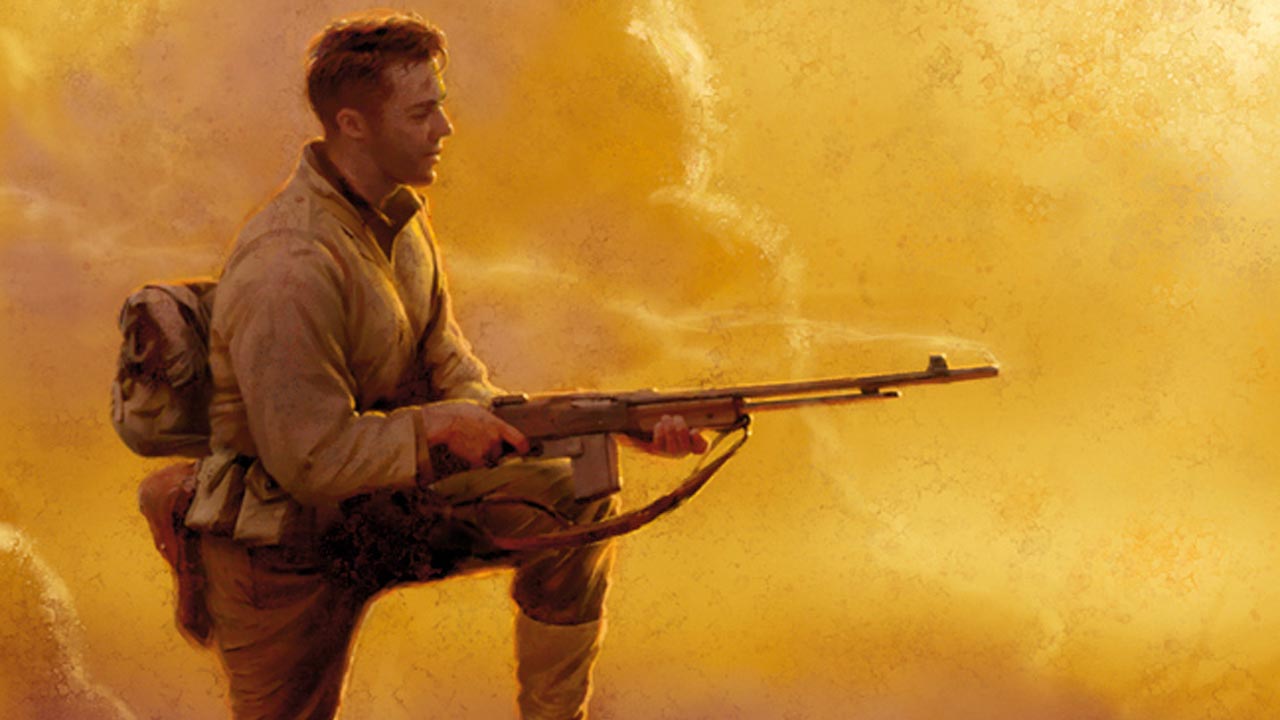
It’s November 1999 and the atmosphere in Steven Spielberg’s office is frosty. The director’s Amblin production company, on the Universal Studios lot, is hosting Paul Bucha, the president of the Congressional Medal of Honor Society. The Vietnam veteran, awarded America’s highest decoration for his own courage under fire, is stating his case against video games. Strongly. The particular target of his ire: a first-person shooter based on an original concept by Spielberg himself called Medal of Honor.
Spielberg, whose company DreamWorks Interactive developed the title, looks absolutely gutted. Medal of Honor was his passion project, after all, designed to give kids genuine insight into the history behind WW2. As a proud American, the filmmaker is left heartbroken by Bucha’s verbal tirade.
“It was an intense meeting,” recalls Medal Of Honor writer and producer Peter Hirschmann. “Paul came in and laid it out on the table. We just sat there and let him speak. He didn’t know anything about the game but laid out a case: ‘When it comes to the Medal of Honor, it’s a serious and sacred thing; you don’t turn it into a video game. It’s an awful thing to do.’ He made a really compelling case that we shouldn’t be doing this.”
At the end of the meeting, Medal Of Honor appears to be done for. Even though it’s just reached the “release to manufacturing” stage – and DreamWorks has invested millions in its development and production – Spielberg is seriously thinking about cutting his losses. Bucha’s blitzkrieg seems to have landed a fatal broadside. Hirschmann respectfully counters with a question: has the decorated war veteran got time for a quick play?
When DreamWorks set up shop in 1995, 'interactive' was Hollywood’s favourite buzzword. Every major studio, from Paramount to Universal to Disney, had a newly minted interactive division, and DreamWorks was no exception. Its software segment - staffed by ex-Microsoft employees who’d been lured from Redmond to Hollywood by the glamour and flip-flop weather - focused on developing PC titles. Yet unlike other movie-studio software divisions, DreamWorks Interactive held a trump card: Steven Spielberg.
The bearded director and DreamWorks co-founder recognised the appeal of interactive entertainment earlier than anyone else in Hollywood. Over the years he’d exerted a largely unacknowledged influence over the medium’s early evolution, working as an unofficial consultant at both Atari and LucasArts. At DreamWorks Interactive (DWI) he finally had a chance to get some skin in the game personally.
It wasn’t a vanity play; more a sign of how much he loved video games. “I think he was inspired by the invention and toy-like sense of creation and engagement that overtook people in the games business,” explains Medal of Honor’s executive producer Patrick Gilmore. “He thought games could unlock new ways to tell stories.”
Sign up to the GamesRadar+ Newsletter
Weekly digests, tales from the communities you love, and more
The story behind Medal of Honor began, appropriately enough, on the 11th day of the 11th month of 1997. Spielberg, at the time deep in post-production on Saving Private Ryan, outlined his idea for a game to DWI’s team. His R-rated movie was too bloody for kids but, inspired by his teenage son Max’s love of GoldenEye, the director wanted to share his deeply ingrained interest in WW2 with younger audiences via video games.
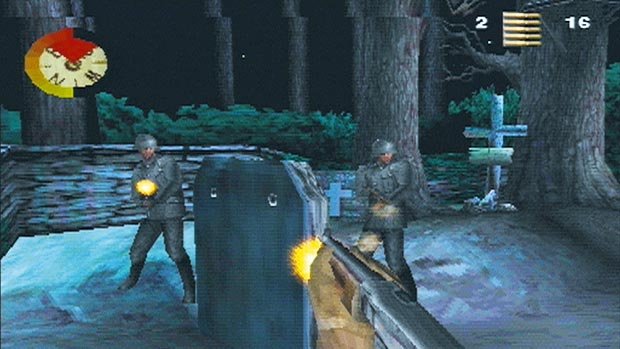
Addressing the team, he sketched out an ambitious concept: a firstperson shooter for Sony’s PlayStation, set in the European theatre of war and named after America’s highest military award, the Medal of Honor. Orders given, Spielberg closed the meeting with that boyish grin of his and a parting shot: “I’ll be back in a week.”
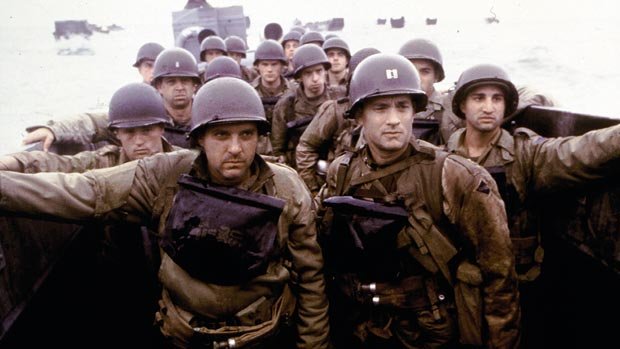
Steven Spielberg’s desire to make a war game began much earlier than 1997. Veteran game designer Noah Falstein, who met Spielberg during his visits to LucasArts in the early ’90s, was DWI’s third employee and in 1995 worked on Normandy Beach (aka Beach Ball), a squad-based game set around the D-Day landings. “My concept was that you would follow two brothers – one assaulting the beach and another who was a paratrooper who came in the night before and landed behind German lines,” says Falstein. “You’d go back and forth flipping between missions and 12 days after D-Day the brothers would meet up.” Concerned that players would baulk at a game set 50 years in the past, DWI’s management pulled the plug after six months of work. Falstein’s contribution didn’t go unacknowledged, though: he’s included as a character, complete with Hawaiian shirt, in Medal Of Honor’s multiplayer.
At the time, there was little enthusiasm for the project among DWI’s corporate management. Console games weren’t DWI’s main focus and the PlayStation market wasn’t big on the FPS genre. Plus, hard as it is to believe today, World War 2 was considered passé. “People were really dubious,” recalls Hirschmann, “They said, ‘World War 2 is old, it’s got cobwebs on it. People want ray guns, hell-spawn and laser rifles.’ The idea of doing something with historical relevance set in a low-tech game environment was a challenging sell.”
While their peers worked on the much-touted Small Soldiers game, Hirschmann’s team - “a ragtag group of misfits, very much the underdog institutionally” - spent the next seven days putting together a demo using the engine from their previous project, PlayStation game Jurassic Park: The Lost World. “It was a crazy week. We took that renderer and put together a demo with bailing wire and chewing gum,” the producer laughs, still amused by the white-knuckle ride that Spielberg set in motion. The demo proved the concept: shooting Nazis was extremely satisfying.
For Steven Spielberg, Medal of Honor was no ordinary licensed movie title, and it shared none of Saving Private Ryan’s plot. As a companion piece, though, it shared the film’s reverential tone. Early in development, Spielberg told Hirschmann to call up Captain Dale Dye, the retired US Marine officer turned Hollywood military advisor who’d worked with him on Ryan.
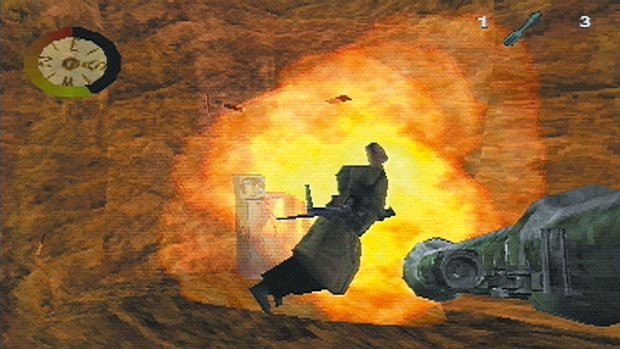
“I was like: ‘Oh, no, he’s gonna think we’re a bunch of pencil-necked geeks who don’t know what the hell is going on’,” recalls Hirschmann. “It turns out he thought we were a bunch of pencil-necked geeks who didn’t know what the hell was going on. The last thing he wanted to do was babysit us. It was like, ‘Oh, shit’ - on both sides.”
Dye arrived at DWI’s offices in fearsome drill instructor mode, convinced the studio was making, in Hirschmann’s words, “an exploitative, tone-deaf, irresponsible thing.” Once he saw their intentions were honourable, his mood softened. He became a valuable ally to the team, running them through an impromptu boot camp, calling them out on their military inaccuracies and lending his distinctive, authoritative voice to the game’s opening narration.
The training paid off, bolstering the game’s sense of historical authenticity. Not just a shoot ’em up, it offers miniature history lessons while you play, offering background on everything from the OSS to the Gestapo to V2 rockets while nostalgic art and video clips convey a sense of the period. The original Medal of Honor remains arguably the most educational FPS ever made.
With the game in development so early in the life of Sony’s console - the DualShock controller hadn’t even made its debut - the hardware’s technical limitations were a challenge: “We couldn’t even show day,” laughs art director Matt Hall, “so every level is a night mission!” The programming team did their best with what they had. “Enemies had 250 polygons max; it’s laughable today,” says Hirschmann. “We had a hierarchical animation system that we thought was pretty cutting-edge. We blew our memory budget running that on a console with two megabytes of memory.”
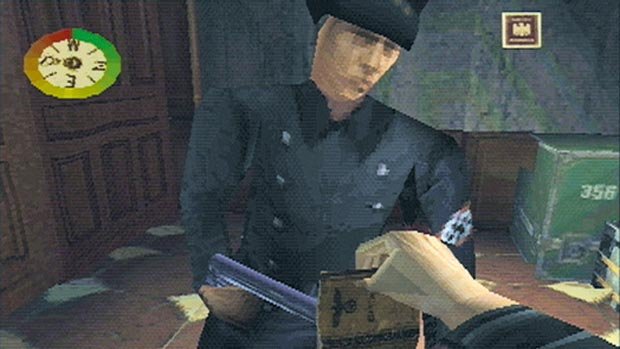
The attention to character animation and AI gave the game’s combat a raft of emergent possibilities: throw a grenade and a Nazi soldier would try to kick it back at you or dive on it to protect his comrades; wing an enemy and they’d drop their weapon; score a headshot and a helmet would fly off. “To be crass about it,” Hirschmann says, “whenever you shot a bad guy, something cool happened.” Even the German Shepherd dogs could be made to play “grenade fetch”, carrying a tossed explosive device to their unlucky handler.
Max Spielberg, then 14 and today a level designer at EA Los Angeles, remembers being thrilled by the DWI offices when he spent a fortnight doing QA work on the game: “I’d grown up around movie sets and studios, but I’d never felt more excited than walking around DWI. This was a place where they’d use building blocks and green army men to map out the next level. I mean, it was basically taking all my tangible childhood toys and bringing them to life.”
As a filmmaker, the elder Spielberg wanted to test the capabilities of interactive entertainment. Ideas like the “show me your papers” scenes - where the player brandishes fake ID papers instead of a gun - were pioneering attempts to expand the scope of the FPS genre.
“Suddenly our interaction with the AI has changed,” says the younger Spielberg. “We no longer need to use cover to hide from them. And now we’re unsure of how long the disguise will hold, eliciting a state of nervousness and perhaps fear. These changes are mainly cosmetic but by doing so the Medal of Honor team was able to alter the behaviour of the player. This was way back in 1999.”
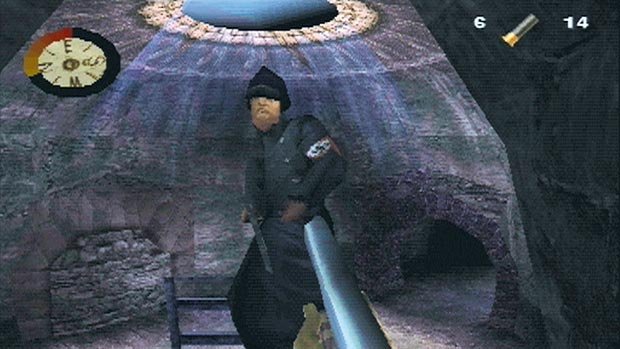
Combining such innovation with the game’s fantastic audio design - the ping of a Garand rifle as it runs out of ammo; shouted German phrases; ambient sounds of planes flying overhead; and Michael Giacchino’s sweeping score – made it obvious the game was destined for greatness. When Electronic Arts received a demo disc during the Easter of ‘98, staff traded it around the office all weekend. EA immediately signed up DWI to its Partners Program.
Then two disasters struck. First was the Columbine massacre, which tainted the public’s perception of first-person shooters overnight. For DreamWorks, the bad PR was potentially disastrous. “A lot of soul searching went on,” says Gilmore.
At least one early build of the game had been incredibly gory. “I recall shooting a Panzerschrek [an anti-tank rocket] directly into a Nazi and, as the smoke cleared, all that was left was half his upper torso down to his feet,” says Max Spielberg. “He would dance around for a little bit, blood particles squirting from his wounds, and then finally collapse. It was more fitting for an Evil Dead movie than Medal of Honor.” Following Columbine, the team pulled all the blood from the game. It was a decision that, regardless of issues of sensitivity, also gave Medal of Honor a more grown-up demeanour.
Controversy has a habit of rolling downhill, however. A few months later, Paul Bucha, the Congressional Medal of Honor Society’s president, heard about the game’s development and wrote an angry letter to Spielberg Snr. As Hirschmann recalls: “Bucha said, ‘What you are doing is terrible. You are dishonouring the Medal of Honor. Please change the name of the game.’”
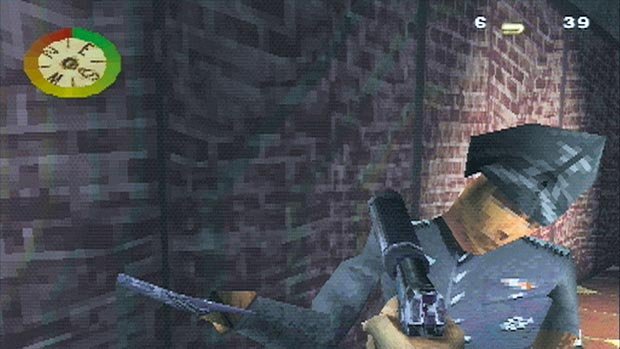
With the release date looming, DWI was understandably reluctant to comply with the request. However, Steven Spielberg was concerned the issue was just too sensitive. “He was willing at that point to cut his losses and just pull it from the shelves,” suggests Hall. It was only Hirschmann’s intervention that saved it. “Peter is a really humble guy – he never toots his own horn,” continues the art director. “But he saved that franchise. I would wager that well over half the people at DWI didn’t know that story.”
Inviting Bucha to see the game for himself and explaining in detail the team’s passion about honouring American military personnel, Hirschmann convinced the Vietnam veteran of the project’s weight. Not only did the Society drop their objections to the game, they decided to endorse it too. “I give all credit in the world to Paul Bucha,” says Hirschmann. “He had won the conversation but he was willing to listen.”
Released in November 1999, Medal of Honor quickly became DWI’s most successful title. It was something of a pyrrhic victory, however. DreamWorks’ bosses, hit hard by the interactive division’s losses, had already put in motion the sale of the company to EA. Medal of Honor has made north of $1 billion in its lifetime, but DWI and Spielberg cashed out before the profits rolled in.
“EA got an incredible deal,” reckons Gilmore. “It was the Louisiana Purchase of game-company acquisitions.” Spielberg later described the sale as both the “smartest and dumbest” thing he ever did. Despite his regrets, he personally handed out a bonus cheque to the team. Hirschmann, who’d gone far beyond the call of duty, got something even better: a letter of recommendation to Spielberg’s friend George Lucas. After working on several Medal of Honor sequels at EA, the producer moved over to LucasArts.
Yet the real legacy of Medal Of Honor wasn’t its sales or the franchise it launched. It represented something more: the first sign that the video-game medium could support the unique vision of a storyteller like Spielberg. “Medal of Honor is one of the few great marriages of game and film,” says the director’s son. “It was that first rickety bridge built between the silver screen and the home console.”
It was also proof that a video game could tackle a topic as weighty as World War 2 with gravitas. “The history of Medal of Honor,” says Gilmore, “is in many ways the history of public acceptance of video games.”
Read more from Edge here. Or take advantage of our subscription offers for print and digital editions.
Edge magazine was launched in 1993 with a mission to dig deep into the inner workings of the international videogame industry, quickly building a reputation for next-level analysis, features, interviews and reviews that holds fast nearly 30 years on.



